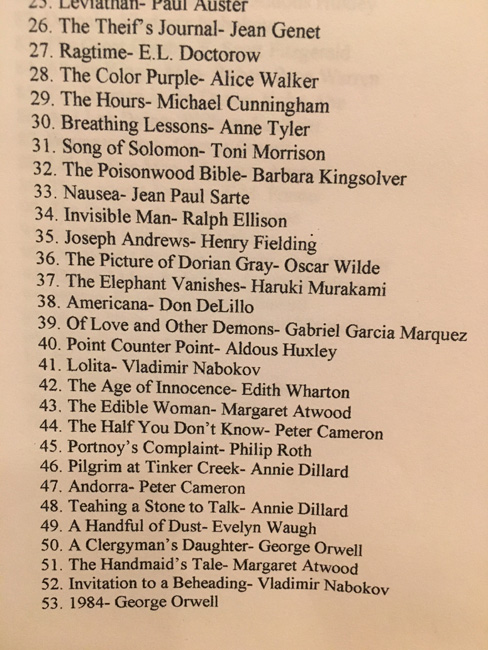There’s something so invitingly intoxicating about the way Sarah Perry blends the tone of classic Victorian literature with a modern sensibility. Her previous novel “The Essex Serpent” was actually set in the Victorian era and new novel “Melmoth” is set roughly in present-day Prague. But they both employ a self-conscious authorial control over the narrative that contemplates many moral questions while (most importantly) telling a riveting gothic-inflected story at the same time.
“Melmoth” centres around the story of Helen Franklin, an English woman with a guilty secret working as a translator of mundane manuals in the Czech Rep. But the novel also includes many fictional documents from the past detailing Nazi occupations and the forced migration of different ethnicities. All these accounts are tied together with occasional sightings of a figure called Melmoth, a dark-clad woman with bleeding feet who legend claims roams the Earth for eternity seeking to assuage her piteous loneliness. As Helen surveys these documents from different cultures about individuals who make dubious choices in times of political unrest, she gradually confronts her own past and the possibility that Melmoth is now pursuing her.
Helen goes to a dramatic production of the opera Rusalka about a water sprite from Slavic mythology
Perry creates a menacing sense of atmosphere filled with unsettling natural phenomena and things which seem to be lurking in the shadows just out of sight. The question of whether Melmoth is real or not is teased out in quite a unique way where her presence is both feared and invited. At one point Helen contemplates how “I wasn’t only scared. I wanted something to be there – I wanted to see something waiting for me – do you think you can long for something that scares you half to death.” There’s the dark desire to be titillated by what scares us the most and there’s the conscience-stricken belief we deserve to be punished. Helen is challenged over the course of this tale to radically confront and judge herself. This is a richly evocative novel that provokes unsettling questions about our obligations to people in need and what we do with our guilt when we’re all on our own.




























